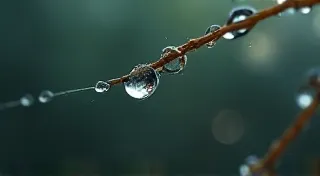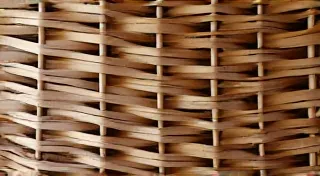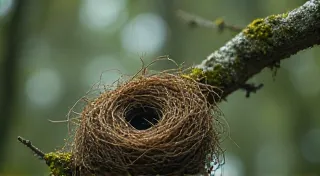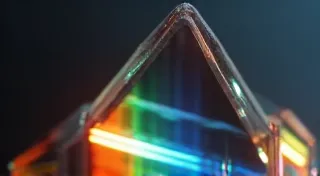Fractured Skylines: How Habitat Loss Reshapes Avian Identities
The sky above us isn't just a backdrop; it's a living theater, a stage where countless birds perform their intricate dances of survival. For centuries, this theater has been a source of solace, wonder, and a vital connection to the natural world. But increasingly, the script is changing. The vibrant tapestry of avian life is being subtly, relentlessly, altered by the expanding reach of urbanization. It's not a sudden tragedy, but a slow erosion, a fracturing of the skylines that define our landscapes and shape the identities of the birds that inhabit them.
I remember, as a child, the sheer exuberance of a morning chorus in my grandmother's garden. It wasn't just a collection of chirps and whistles; it was a symphony, a testament to a thriving ecosystem. Back then, the fields stretched for miles, dotted with ancient oaks and hedgerows bursting with life. Robins, thrushes, and finches competed for the best perches, their songs echoing across the open space. Now, many of those fields are housing developments. The dawn chorus is muted, fragmented, a pale imitation of what it once was. That memory, that feeling of profound connection to the natural world, is what fuels my concern and compels me to explore the complex relationship between urbanization and avian life.
The Unfolding Landscape of Loss
The rise of cities and towns inevitably comes at a cost to the natural world. As we pave over meadows and forests, we eliminate vital habitats. This isn't just about the removal of trees and plants; it's about the destruction of entire ecosystems, the intricate web of life that birds depend on for food, shelter, and breeding grounds. Wetlands, particularly, are often targeted for development, and these are crucial for migratory birds and breeding populations alike. The loss of these spaces is more than just a geographic reduction; it's a cultural one, too – the songs and sights of birds that once defined a region becoming distant memories. The silence that descends in their absence can be a profound and unsettling experience, a stark reminder of what we’re losing – a feeling that almost demands a deeper contemplation of inner landscapes, much like one might find through birdwatching.
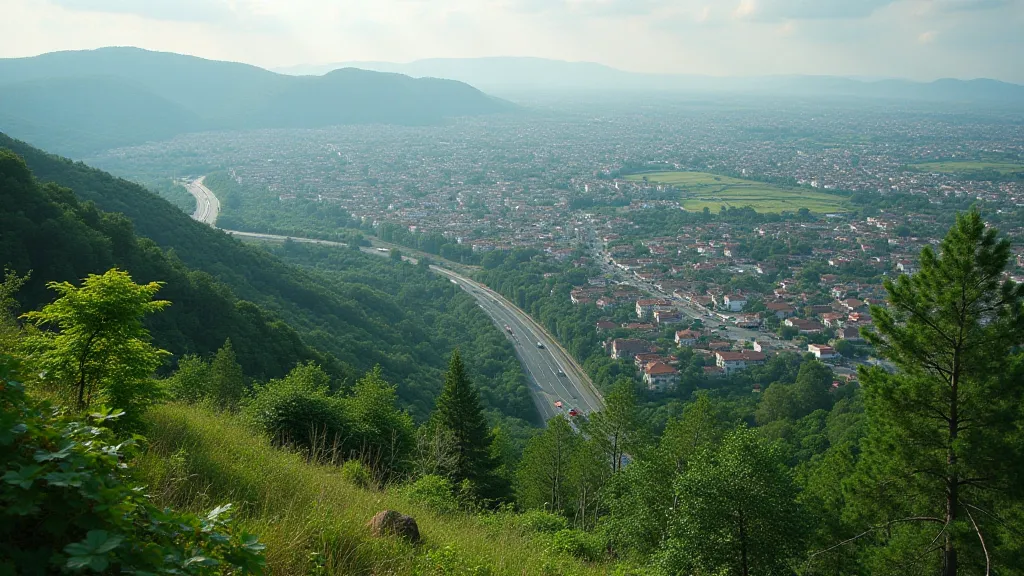
The impact isn’t uniform. Some species are more adaptable than others. Birds that thrive in open grasslands, for example, are immediately disadvantaged by urbanization. Others, particularly those that can exploit human-modified landscapes – pigeons, starlings, house sparrows – may initially flourish, at least in terms of population size. But even these apparent successes often come with a cost. Increased exposure to pollutants, vehicle strikes, and domestic animals can significantly reduce their overall health and reproductive success. Furthermore, the homogenization of urban environments – the loss of unique habitats – can lead to a decline in genetic diversity within these adaptable populations, making them more vulnerable to disease and environmental changes. The complex interplay of loss and recovery in avian populations is something that echoes deeply, a cyclical process not unlike the subtle shifts observed in broader ecosystems – a theme explored further in The Azure Echo.
Adaptation and the Shifting Identity of Birds
However, the story isn’t solely one of decline. Birds are remarkably adaptable creatures. Faced with the challenges of urbanization, some species are exhibiting fascinating behavioral and physiological changes. Some, like the Great Tit in Europe, are learning to mimic the alarm calls of other species to avoid predators near urban areas. Others are shifting their diets to include more human-provided food sources, like discarded bread crumbs and seeds. Even their songs are changing. Research has shown that urban birds often sing at higher frequencies to overcome the noise pollution of city life.
This ability to adapt is a testament to their resilience, but it also raises a poignant question: at what point does adaptation become a compromise? Are we witnessing the gradual erosion of what truly defines a species? A robin that feeds primarily on discarded food scraps, a thrush that sings a fragmented, high-pitched song – are these still the same birds that once graced the wild landscapes of our ancestors?
Consider the impact on migratory patterns. Traditionally, birds relied on natural cues – the lengthening of days, the ripening of berries – to trigger their migrations. Now, artificial light sources and readily available food can disrupt these cues, causing birds to migrate later, or even to forgo migration altogether. This can have cascading effects on entire ecosystems, as birds arrive at breeding or wintering grounds out of sync with the availability of food or the timing of other essential events. The patience and stillness needed to truly appreciate this dynamic, to witness the subtle shifts in nature’s rhythms, mirrors the art of observation itself – a perspective explored in The Heron’s Stance, which delves into the quiet moments of connection with the natural world.
The Human Role: Stewardship and Hope
The current trajectory isn't inevitable. We have the power to mitigate the negative impacts of urbanization on avian life. This requires a fundamental shift in our relationship with the natural world. It demands that we move beyond simply accommodating birds within urban environments and actively strive to create habitats that support their long-term survival.
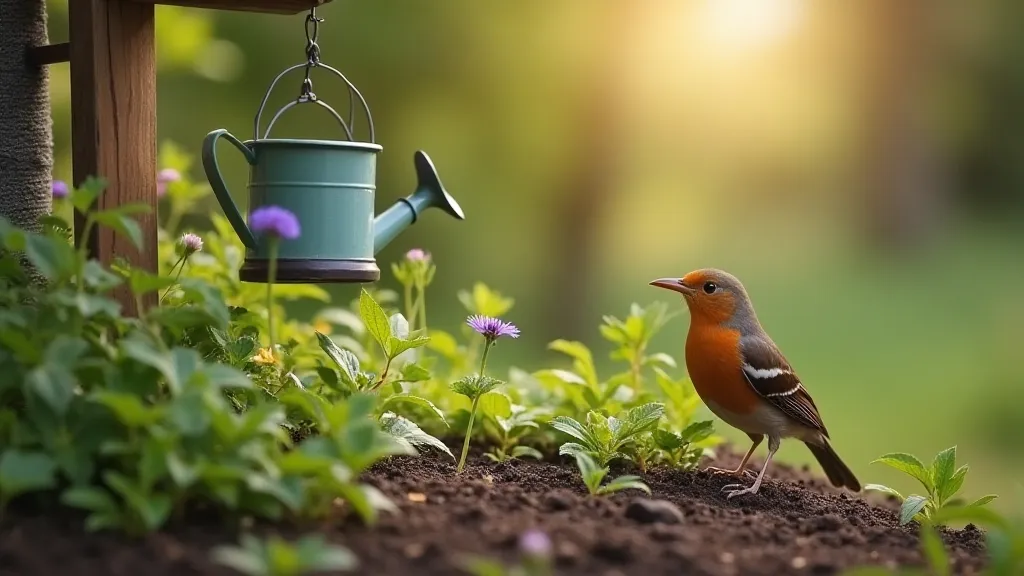
Creating green corridors – strips of vegetation that connect fragmented habitats – is crucial. Planting native trees and shrubs, reducing pesticide use, and minimizing light pollution are all essential steps. Even small actions, like providing bird feeders and bird baths in our gardens, can make a difference.
Education plays a vital role as well. By fostering an appreciation for birds and the ecosystems they inhabit, we can inspire a new generation of stewards dedicated to protecting their future. Supporting organizations that work to conserve bird habitats and advocating for policies that prioritize environmental protection are also important ways to contribute. Perhaps most importantly, we need to cultivate a sense of empathy and understanding – to recognize that the fate of birds is inextricably linked to our own. The subtle warning signs, the ecological shifts that birds often reveal before other indicators appear, serve as a crucial reminder of the broader environmental health – a sentiment explored in The Sentinel’s Vigil.
Just as an antique accordion, painstakingly restored, can once again produce its beautiful, resonant music, so too can we restore and revitalize the avian landscapes that have been fragmented and diminished. It requires effort, dedication, and a deep appreciation for the beauty and value of the natural world. It's a challenge worthy of our attention, a call to action that demands we safeguard the voices of the sky for generations to come.
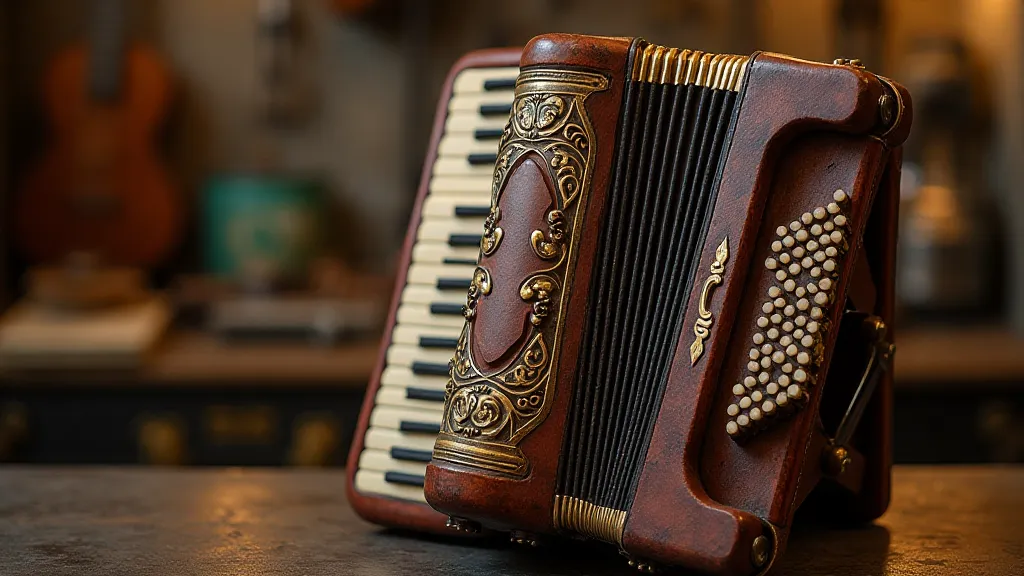
Beyond the immediate actions we can take to create better habitats, reflecting on our connection to nature and the subtle ways the environment communicates with us is essential. The fragility of these ecosystems and the constant interplay of adaptation and decline require a continuous process of learning and observation. This deepens our understanding of our impact and inspires us to advocate for change, ensuring a future where birdsong continues to fill the skies. The responsibility falls on us to be the stewards of this living theater, ensuring the performance continues for generations to come, a legacy of respect and harmony with the natural world.

